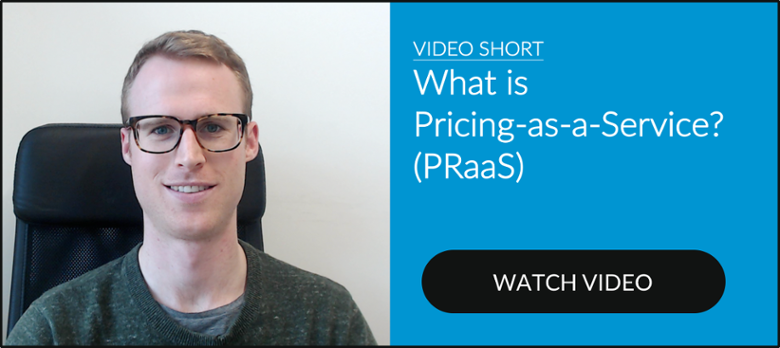Pricing your products and ensuring you have built in sufficient margins to sustain your business is one of the most important decisions you’ll make.
Are you pricing big or small? If you've made a lifestyle choice just to cover your expenses and allow enough left over to enjoy a reasonable standard of living that's fine.
However, if you are an entrepreneur with a vision of building a scalable venture, you need to understand and adhere to established business principles to secure your prices and make it big.
If you’re just starting out, you may not realise how much margin you will need to build into your retail price in order to build a viable, long-term business.
Some ways to secure prices step by step
Step One: Know Your Numbers
- Which 20 products generate the highest gross profit?
- Which 20 products generate the highest gross profit percentage?
- Which 10 customers contribute the most to turnover?
- Which 10 customers contribute most profit?
- Which branches yield the greatest profit?
- Which sales channels (retail, online etc) generate the greatest profit?
You need this "whole of business" profit summary continually updated in order to ensure that you are fully focused on securing prices and profit.
Step Two: Appoint a Pricing Team
The composition of this team is up to you but one of the members must be a finance person and another a face-to-face salesperson. You will need to appoint a single person to be the leader of the team.
The team needs to be empowered to gather data (see step one), analyse this data and negotiate a robust pricing strategy to secure prices based on the data collected. The ultimate outcome of this negotiation is so important to your business success that you would be a fool not to be involved yourself in the final pricing decisions.
Step Three: Pick your target product price
After the pricing team has completed their research, you should have a reasonable idea of the general price range you realise consumers will be willing to pay. You will now need to choose a target price that you think represents an optimal balance between generating revenues and generating demand.
Keep a keen eye on your gross margins. Anything less than 50% – 60% and you may be heading for obscurity
Step Four: Learn from your competitors
You will need to determine how the quality, features and benefits of your product measure up against both direct and indirect competitors. A direct competitor means any other product that has similar features and is used to solve the same problem or address the same desire of the consumer.
An indirect competitor means products that aren’t in your category but provide a similar outcome or function for the consumer (e.g. a book vs. an e-reader).
Ask your customers (and anyone else you meet) "What is one thing that a competitor does really well?" Listen with an open mind and see whether you can adopt these ideas yourself. If you are not just aiming to be their equal, try to go one better. This might mean that you can make more sales or secure a higher price.
Step Four: Sell on Value
"Prices are ultimately set by value, not by the competition or supply/demand, but by value." - Ron Baker.
Develop fresh ways of adding value to what you offer. After you have come up with these ask your pricing team to design a roll-out plan and training strategy to ensure that salespeople are empowered to communicate the increased value offers to their customers.
A purchase of your product or service might mean that your buyer saves time and becomes more efficient. You might offer better payment terms, product guarantees, warranties, training/advice, free delivery, instant availability, exceptional customer service etc.
Step Five: Invest in Pricing Software
If you are really serious about securing your prices, you should consider investing in Pricing Software.
Using it can help you identify key pricing strategies, increase deal sizes, implement cross-selling and uncover up-selling opportunities. You have greater price security with an improved competitive advantage.
Pricing is vital
Pricing is a vital component of your overall business strategy. Finding the best pricing strategy to secure prices for your business will help you achieve the financial goals you want, as well as continue to move your business towards operational excellence.
Related Posts
8 Reasons Why You Need Price List Software
Is Your Company Ready for Pricing Software?
How to Get the Most Out of Pricing Software
The Benefits of Price Tracking Software
Sources
http://www.indiebrandbuilder.com/how-to-set-standard-markup-pricing/
http://www.m4bmarketing.com/business-marketing-pricing/
Get the Price Right by Sahaj Kothari 2015
Pricing for Profit by Peter Hill 2013


